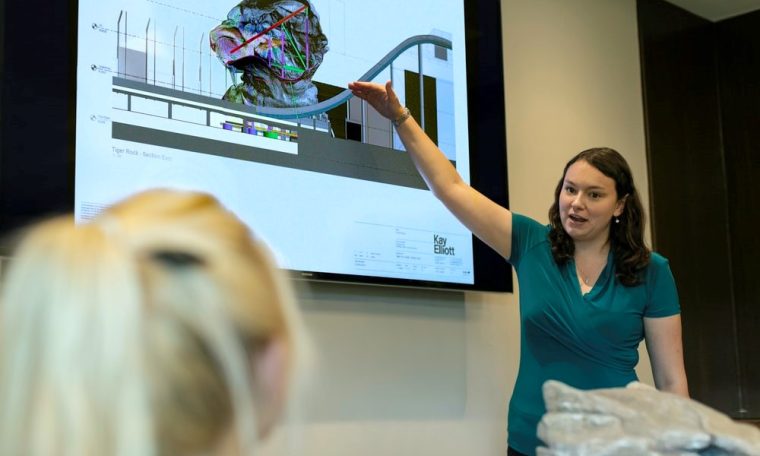
Technology is deeply intertwined with every aspect of our lives. We use technology to navigate and follow a map. We use technology to prepare our lunches or even have them delivered at our front door. We use technology to travel and move around places. And, of course, we use technology to learn too.
If before the pandemic outbreak we might not have been so aware of the impact of technology on education, now we can be sure of it. During lockdown and quarantine, students were forced to spend time inside. Colleges and universities closed. Campuses were closed. And the entire learning experience has simply moved online.
Higher education is, most of the time, adapting to the changes that appear. This domain might have been the first one to adopt new technologies. And it did the same during the last two years too. So, the impact of technology on learning is tremendous.
- Video lessons and classes
- Collaboration platforms
- Data visualization
- Support in learning
Video Conferences and More
One of the greatest impacts of technology on higher education is easily seen when you look at the teaching methods used. Even though open courses where you can go through recorded videos at your own pace were on the rise, today everything is changed. As the global pandemic forced the whole world to stay more inside, people have naturally turned to spend more time online. Those who could, started working remotely.
And, of course, students started learning online. Platforms for video streaming, video calls, and conferences have been on the rise. It was, during the lockdown months and the ones that followed, a great way to keep in contact with students. However, even though video lessons come with a higher degree of comfort, they have their cons too.
For example, one of the effects is that students are not as engaged as in a real classroom. Catching the attention of the students and maintaining them engaged might be a challenge for many teachers. Teaching online was something new for many of them, so they needed to learn more about this and different techniques to deliver nice lessons.
Collaboration Platforms
Distance education was something normal before, but not so many students chose it. Mostly, those who already had jobs or families usually chose this type of education. But as writers from thesis writing services point out, technology will develop higher education even more. There are more and more collaboration platforms that can be used by students.
Currently, they are used by teachers who send assignments and tasks or share different materials about the courses. But collaboration platforms can be great ways to get statistics project help when you need it, for example.
Data Visualization
Another way technology will advance higher education even more is through data visualization. Universities can analyze the data available and tailor the learning experience depending on the progress of students.
At the same time, data visualization can easily be used in lessons where teachers need a lot of data to explain some concepts. Making use of data as well as you can, as a university, will only bring you progress. You can identify the things that do not go so well and increase the efficiency and productivity of the students by choosing better learning methods.
Support in Learning
There is already a well-known case of a computer science teacher from the US who built an AI assistant. It answered the questions of students regarding the projects they had, and the feedback from students was impressive. Of course, no one knew that they were exchanging emails with an AI assistant.
Only one of the students thought that something was strange as the answers came too quickly and were so on point. Technology can offer the support teachers need in delivering information. Just as in this case, they can do some of the teacher’s tasks, allowing them to focus on more important ones. Technology is already offering the learning support universities they need, say experts from phd dissertation services.
Final Thoughts
What do you think about when you imagine the future of higher education? Well, you should know that it has already started being built. Technology can be used to offer support in learning. AI robots can take some of the teacher’s tasks, allowing them to focus on more important ones.
At the same time, data visualization can be used to design and tailor the learning experience, but also measure the progress or effect of some techniques. Even though it is used more for video conferences and other lesson types, the possibilities offered by technology for higher education are incredible.
They can make studying and learning easier, but also help teachers deliver a top-notch learning experience. The world will change in the future for sure, but technology evolves with it. And it will likely come with more innovative solutions too.



